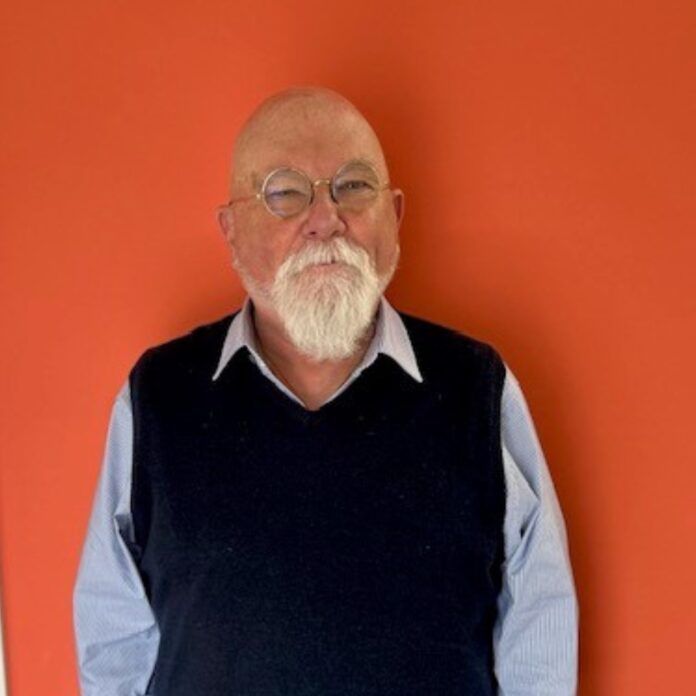The Association for Project Safety (APS) has appointed Andrew Leslie as interim chief executive after the previous CEO – Lesley McLeod – stood down earlier in the month.
Andrew initially joined as one of the association’s earliest members in 1995, combining architecture with CDM, then moving from architecture to CDM consultancy, before joining the headquarters team in 2014 as technical and standards manager. He also played a key role in crafting the APS Principal Designers Handbook.
Subsequently, he further honed his skills in consultancy, focusing on CDM support services and training for regeneration projects in London, during which time he was deeply involved in post-Grenfell developments leading up to the Building Safety Bill.
His return to APS as head of membership in 2021 further solidified his commitment to advancing the profession. Andrew has, together with APS president Mark Snelling, played a pivotal role in navigating the industry through the complexities of the Building Safety Act and ensuring APS’ voice was heard in various regulatory consultations over the past twelve months.
Andrew also spearheaded the development of the APS Principal Designer Building Regulations register for individuals and an organisational capability framework for companies.
Now as interim chief executive, Andrew will lead APS into a new era of innovation and excellence, driving initiatives that empower members and promote a culture of safety and competence within the construction industry.
Andrew said: “These are exiting times for APS. The recent changes to Building Regulations in England has opened opportunities for APS to develop competence schemes and membership development scenarios which impact the whole industry.
“Wales will follow as will Scotland where a different regime is planned for building safety risk management, and eventually Northern Ireland will follow. These opportunities and developments will provide APS with a firm foundation for the future, and I am delighted to be involved with initiating this next step in the development of APS.”




